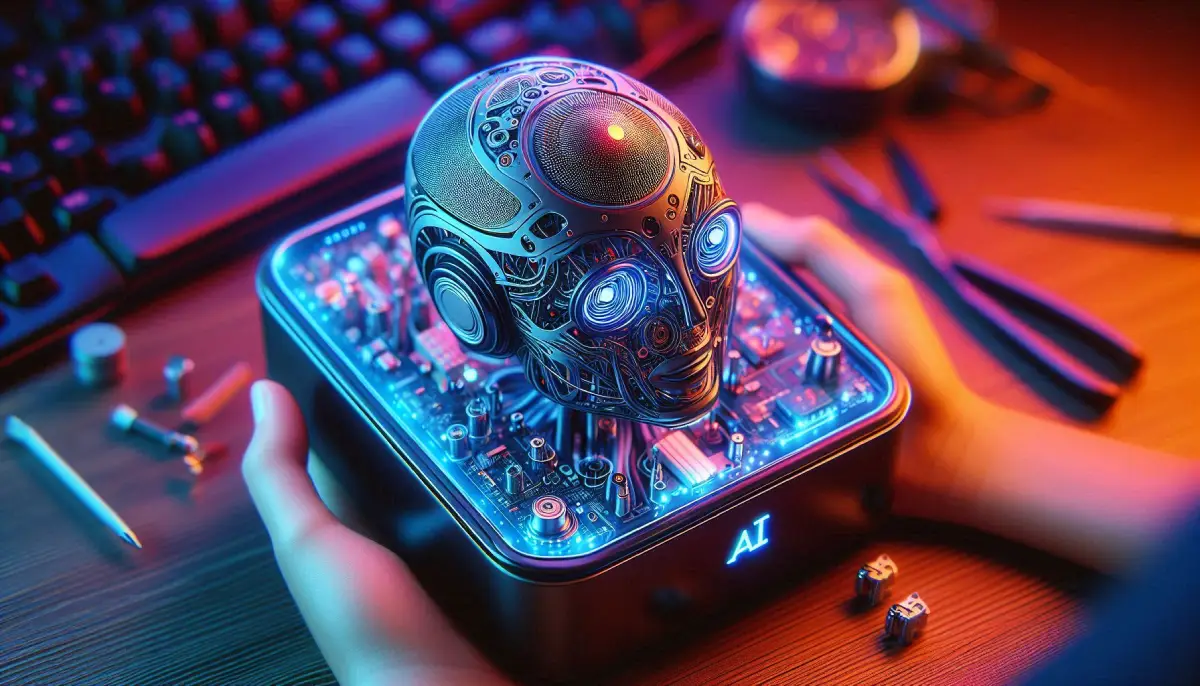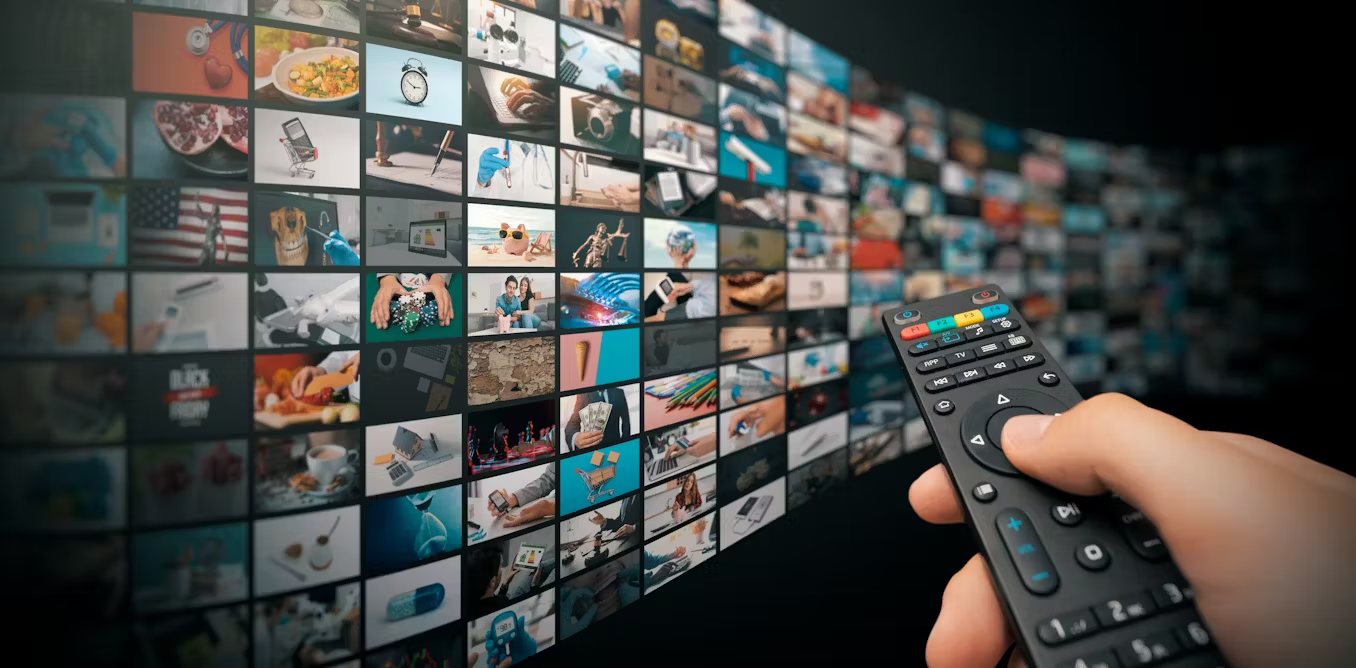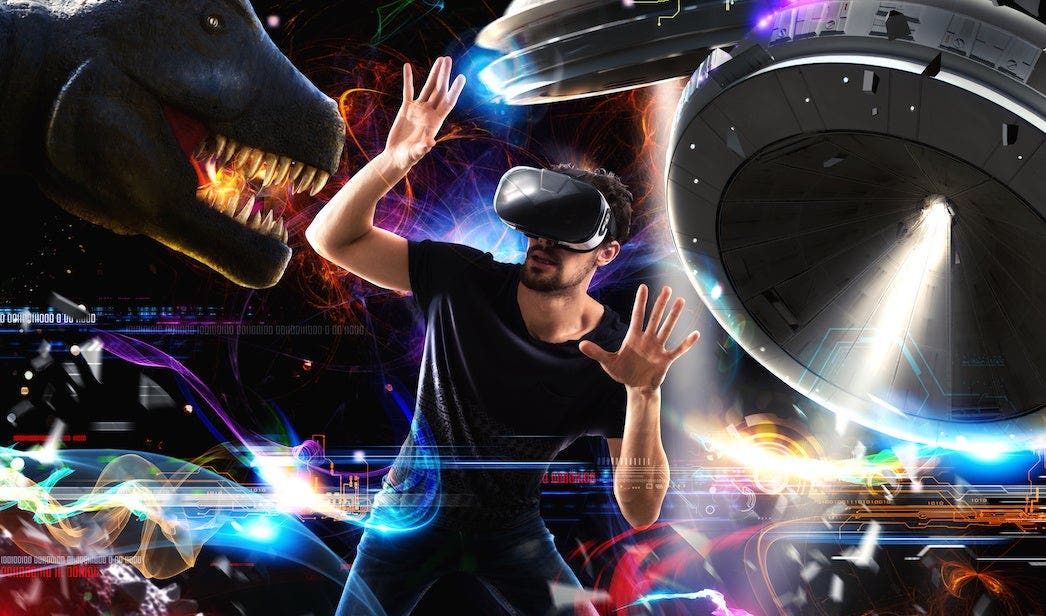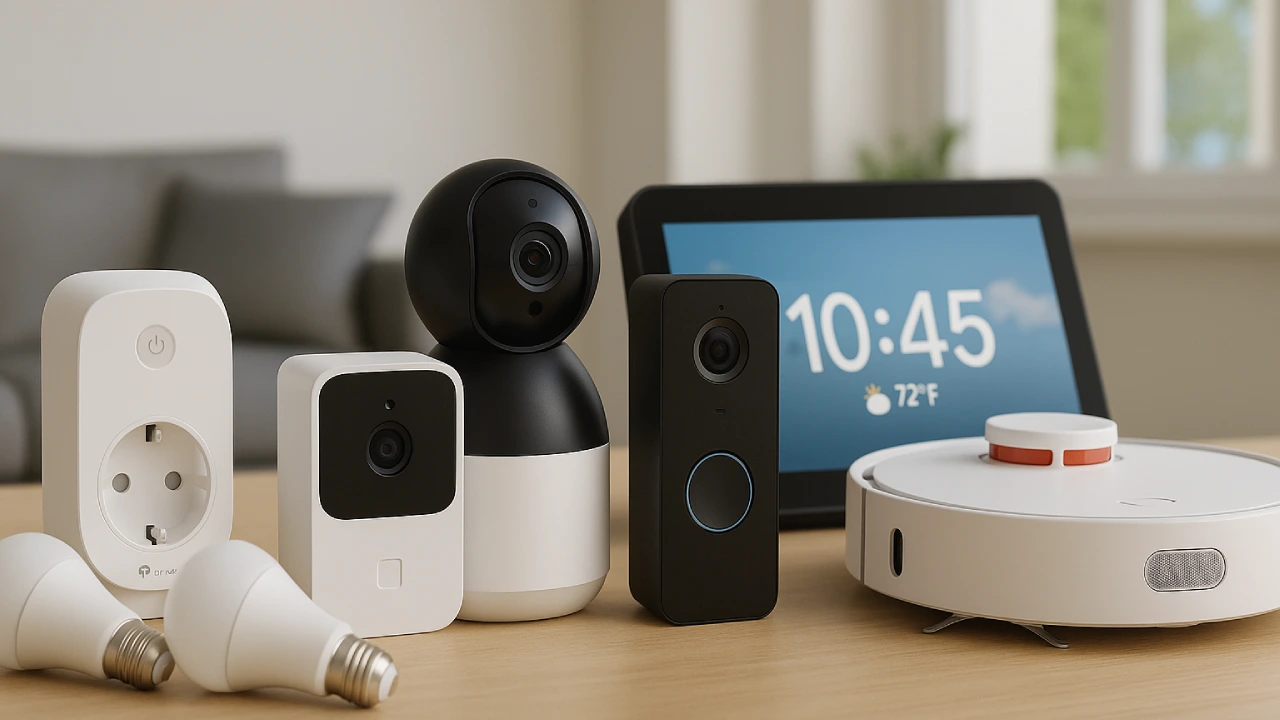Table of Contents
- Introduction
- The Rise of AI in Everyday Devices
- How Smart Gadgets Learn Your Habits
- Popular AI-Powered Electronics in 2025
- Benefits of AI Integration for Consumers
- Data Privacy and Ethical Considerations
- The Future of AI-Driven Devices
- Conclusion
1. Introduction
If you’ve ever wondered why your phone automatically adjusts brightness or your smart speaker plays your favorite song at the perfect moment — that’s AI at work. Artificial Intelligence has quietly become the invisible assistant behind our most-used devices.
In 2025, AI is no longer limited to robots and labs; it’s embedded in everything — from TVs and fridges to wearables and home assistants. The global consumer electronics market has entered a new phase where devices don’t just respond — they learn, predict, and adapt to your daily life.
2. The Rise of AI in Everyday Devices
Artificial Intelligence has evolved from being a buzzword to a core feature in electronics. What started with smartphone assistants like Siri and Alexa has expanded into a full-fledged smart ecosystem.
Today, AI is used in:
- Smart TVs that recommend content based on your viewing history.
- Washing machines that adjust cycles depending on fabric type.
- Cameras that recognize faces, smiles, and lighting conditions.
- Wearables that monitor sleep and suggest wellness routines.
According to Statista, over 65% of new electronic devices sold in 2025 include some form of embedded AI — proving it’s no longer an option but a standard.
3. How Smart Gadgets Learn Your Habits
AI-powered devices rely on machine learning algorithms that process patterns in your behavior.
For instance:
- Your smart thermostat learns when you leave home and adjusts the temperature automatically.
- Your headphones detect noise levels and switch to the right sound mode.
- Your smartwatch tracks your sleep and suggests the best time to wake up.
The more you use the device, the more it learns about your preferences — creating a seamless and personalized experience.
This concept, known as contextual intelligence, allows devices to anticipate what you need before you even ask.
4. Popular AI-Powered Electronics in 2025
Here are the hottest categories leading the AI electronics revolution:
- AI Smartphones: Brands like Samsung, Apple, and OnePlus use AI to enhance battery life, camera output, and app management.
- Smart Speakers & Assistants: Alexa, Google Home, and HomePod now feature emotional AI that understands tone and context.
- Smart TVs: Netflix recommendations, voice-activated remotes, and content-curation algorithms make entertainment effortless.
- Home Appliances: Refrigerators track groceries and suggest recipes, while air purifiers adjust airflow automatically.
- Wearables: Fitness bands use AI to detect stress and guide breathing exercises.
These innovations blur the line between technology and intuition — creating a world where devices “understand” you.
5. Benefits of AI Integration for Consumers
AI-driven gadgets make life easier in multiple ways:
- Efficiency: Devices perform tasks faster and with precision.
- Energy savings: Smart homes optimize power use based on real-time patterns.
- Health tracking: Wearables monitor vitals, helping users detect potential issues early.
- Customization: Every experience feels tailored to the user’s lifestyle.
- Automation: Daily routines like turning off lights or setting alarms happen automatically.
In short, AI transforms devices from passive tools into active companions.
6. Data Privacy and Ethical Considerations
While AI brings convenience, it also raises concerns about data security. Devices collect sensitive information — from your voice patterns to your home routines. Companies are now implementing stricter data encryption, edge AI processing, and opt-in privacy controls to give users more confidence.
Consumers should always review device permissions, update firmware, and use trusted ecosystems to ensure safety.
7. The Future of AI-Driven Devices
Looking ahead, AI integration will move from reactive to predictive and emotional intelligence. Devices will sense mood, understand natural speech better, and interact like humans.
For example, your smartwatch might detect anxiety and play calming music, while your fridge might remind you to stay hydrated on a hot day.
The combination of AI + IoT (Internet of Things) will make homes, offices, and cities smarter than ever.
8. Conclusion
In 2025, AI-integrated consumer electronics are not just about technology — they’re about lifestyle transformation. Gadgets have evolved into intelligent partners that simplify, personalize, and enhance our daily routines.
As AI continues to evolve, the future of consumer electronics will be defined by understanding, not instruction — where your devices don’t just serve you, they know you.







